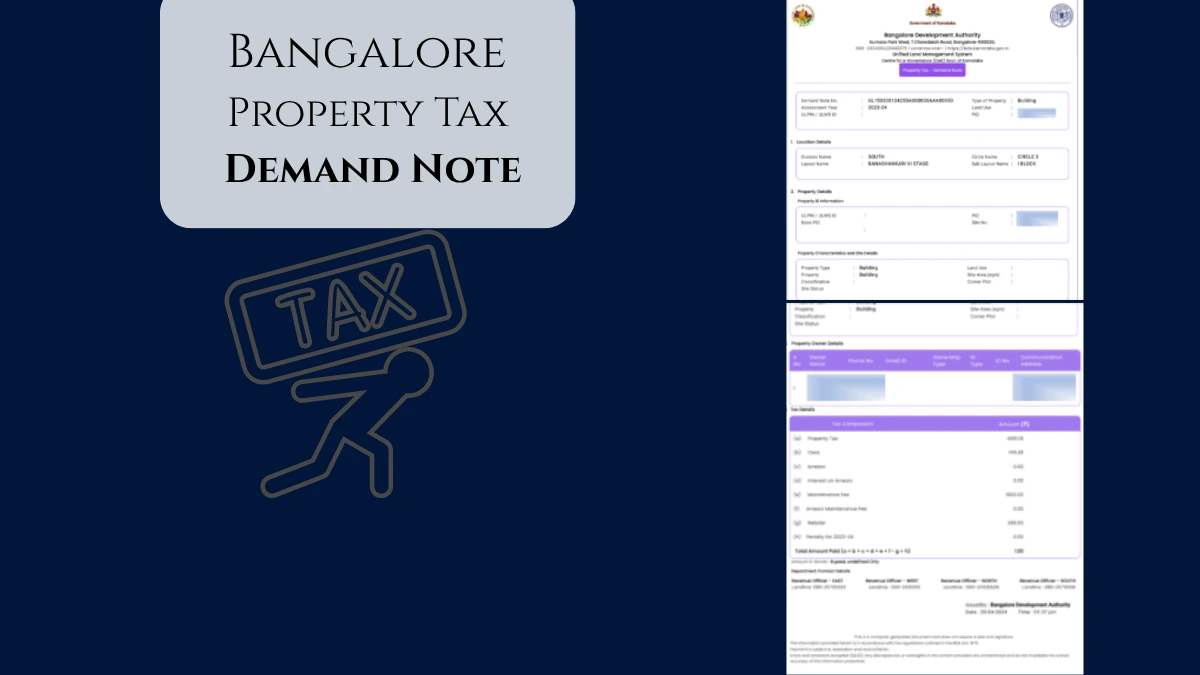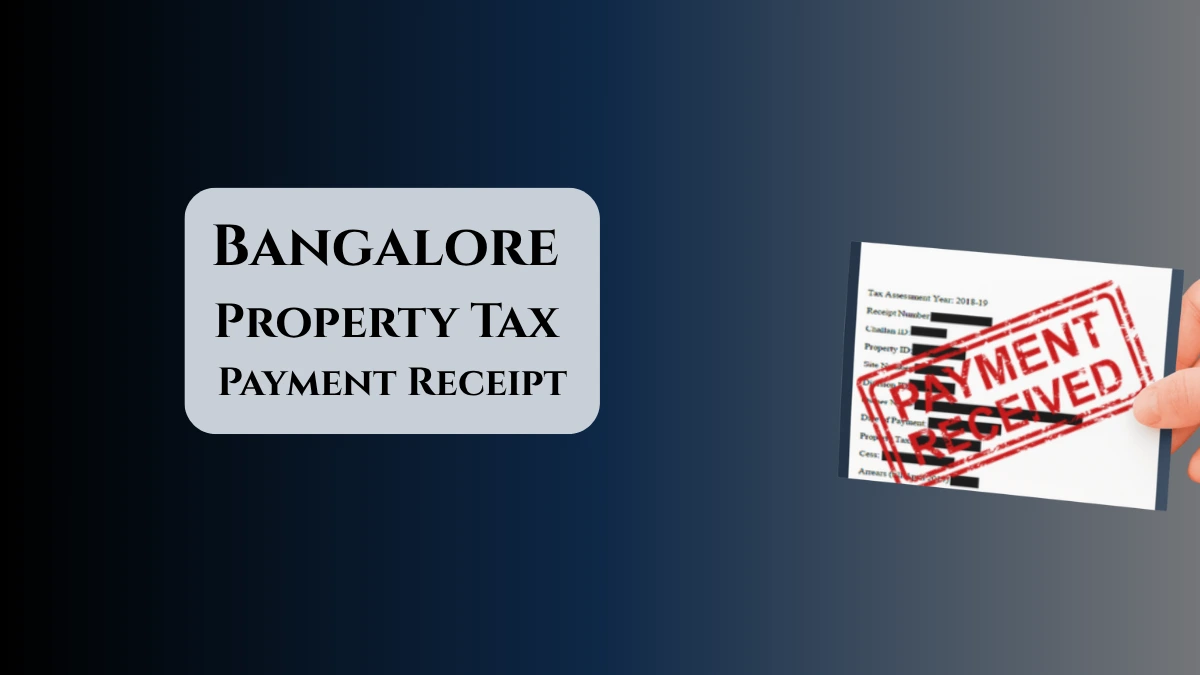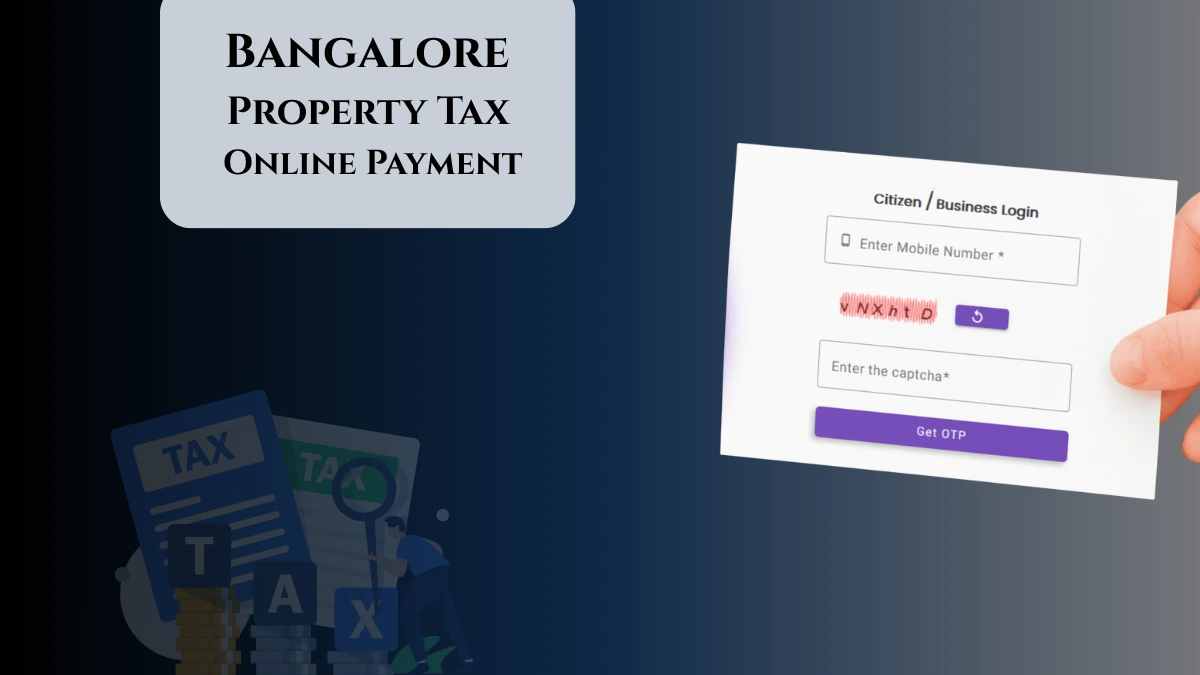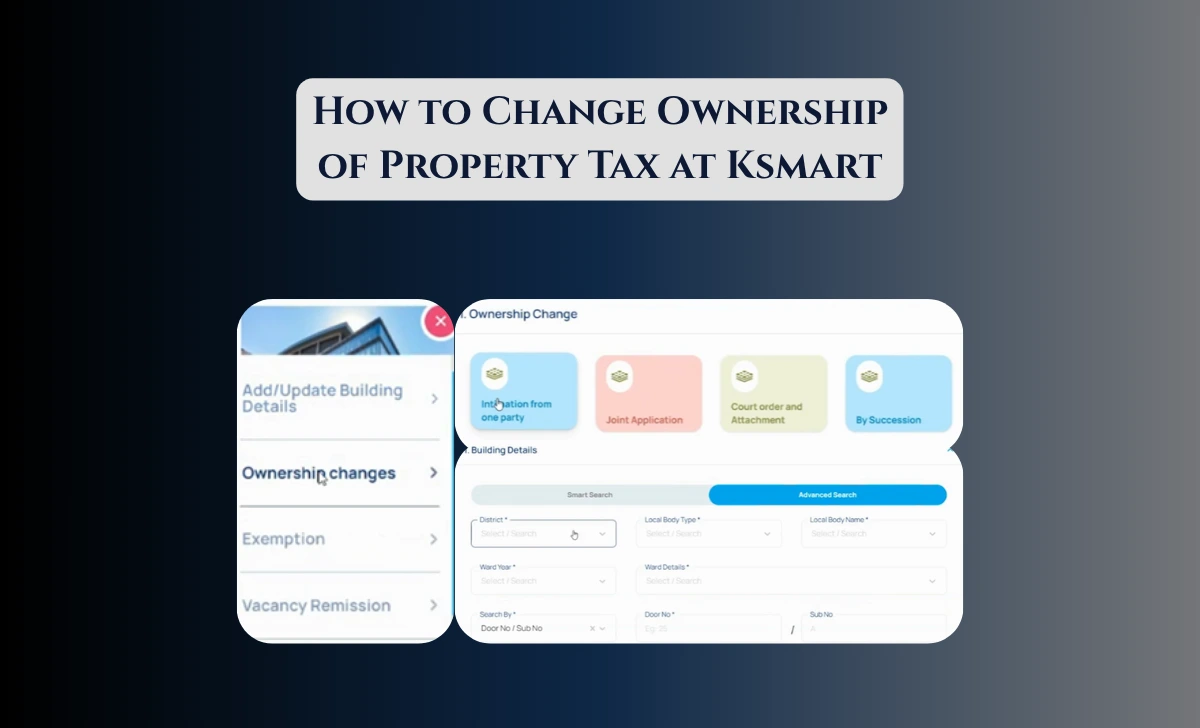The Union Budget 2025 has brought significant relief for homeowners, especially those owning multiple properties.
With a focus on simplifying taxation rules and addressing practical challenges faced by taxpayers, the government has introduced a much needed change regarding the treatment of self occupied properties (SOPs).
Let’s break down what this means and how it impacts taxpayers.
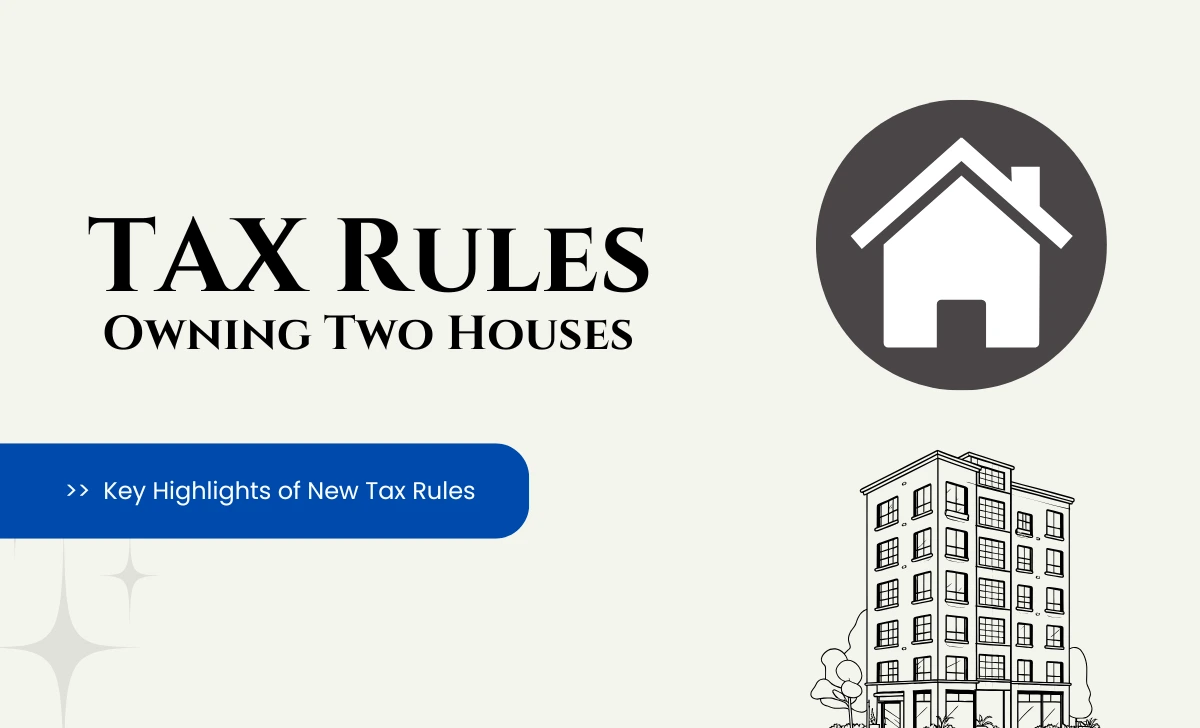
What has changed for home owners in 2025 Budget?
Earlier, homeowners were allowed to declare up to two houses as self-occupied properties (SOPs) with nil annual value, meaning no tax was levied on these properties.
However, there was a catch, the taxpayer or their family had to physically occupy these houses. If they were not staying in one of the houses due to work relocation or other reasons, that property was treated as a deemed let-out property, and notional rental income was taxed.
The Budget 2025 has now removed this physical occupation condition. Taxpayers can now declare up to two houses as SOPs even if they or their family are not residing in them.
This change eliminates the burden of paying tax on deemed rental income for two properties, irrespective of whether they are occupied or unoccupied.
Key Highlights of New Tax Rules for Owning Two Houses
- No Physical Occupation Requirement: Taxpayers can declare up to two houses as self-occupied, even if neither they nor their family resides in those houses. This is particularly beneficial for individuals who own homes in different cities due to work or personal reasons.
- Limit of Two Houses: The relaxation applies only to two house properties. If an individual owns more than two houses, any additional property will still be treated as a “deemed let-out property,” and notional rental income will be added to taxable income.
- Simplified Compliance: By removing the need to prove physical occupation for SOPs, the government has simplified compliance and reduced unnecessary tax burdens on homeowners.
How does owning 2 houses tax rule will work?
Let’s understand this with an example:
- Before the Change: Mr. Ramesh owns two houses, one in Bengaluru (family residence) and another in Hyderabad (work location). Since he cannot physically occupy his Bengaluru house due to work commitments, it would be treated as a “deemed let-out property,” and he would have to pay tax on its notional rental income.
- After the Change: Under the new rule, both houses can now be declared as self-occupied, regardless of whether Mr. Ramesh or his family resides in them. As a result, no deemed rental income will be added to his taxable income for these two properties.
Who Benefits from this 2 houses new tax rule?
This amendment is particularly advantageous for:
- Individuals with Multiple Homes Across Cities: Professionals who own homes in different cities due to job relocations or personal reasons can now enjoy tax relief without worrying about deemed rental income.
- Families with Unoccupied Homes: Families who own homes that remain unoccupied for various reasons, such as ancestral properties or vacation homes can declare up to two such houses as SOPs without incurring additional tax liability.
- Taxpayers Seeking Simplified Compliance: The removal of physical occupation requirements reduces documentation hassles and makes compliance easier for taxpayers.

